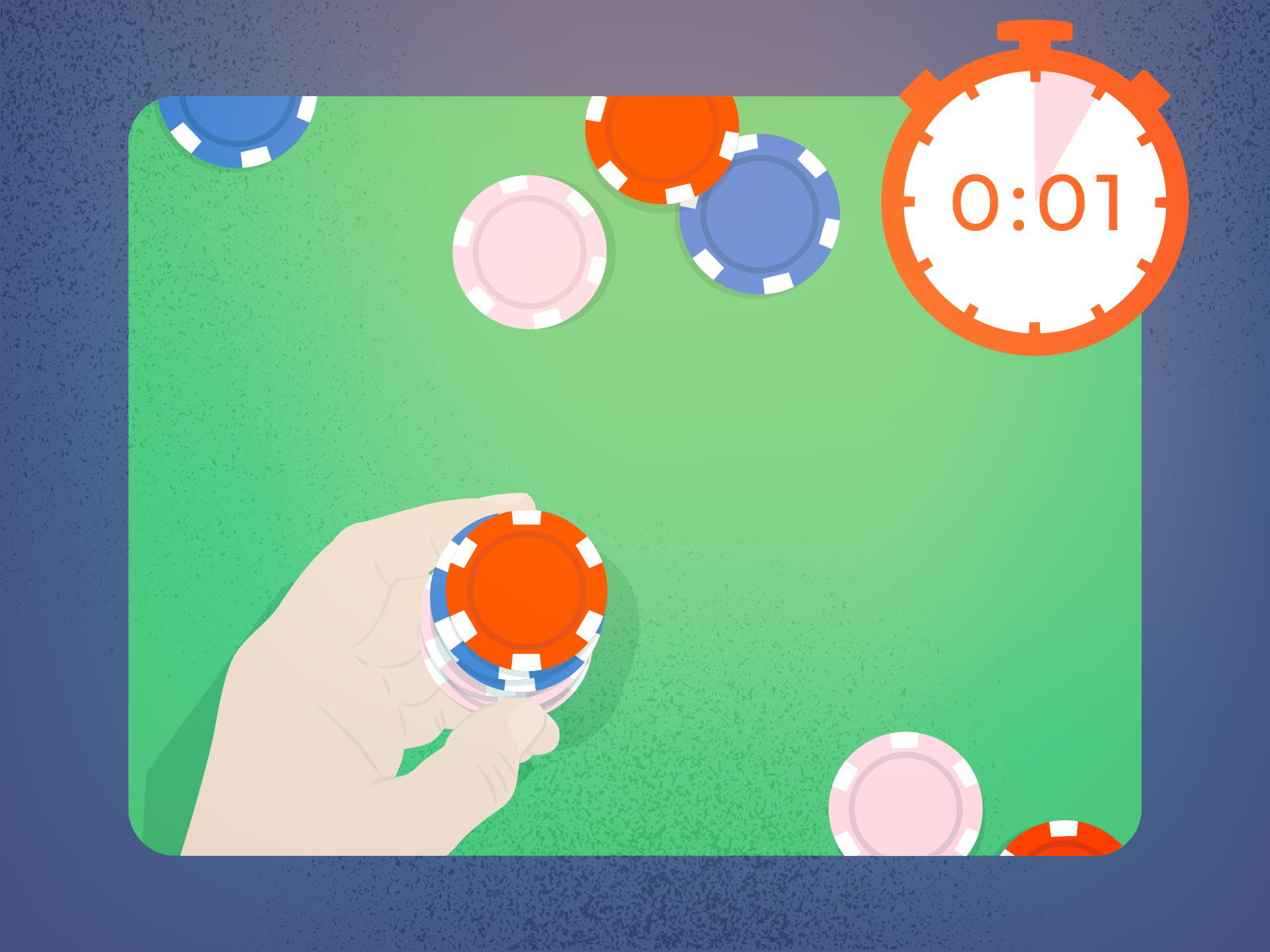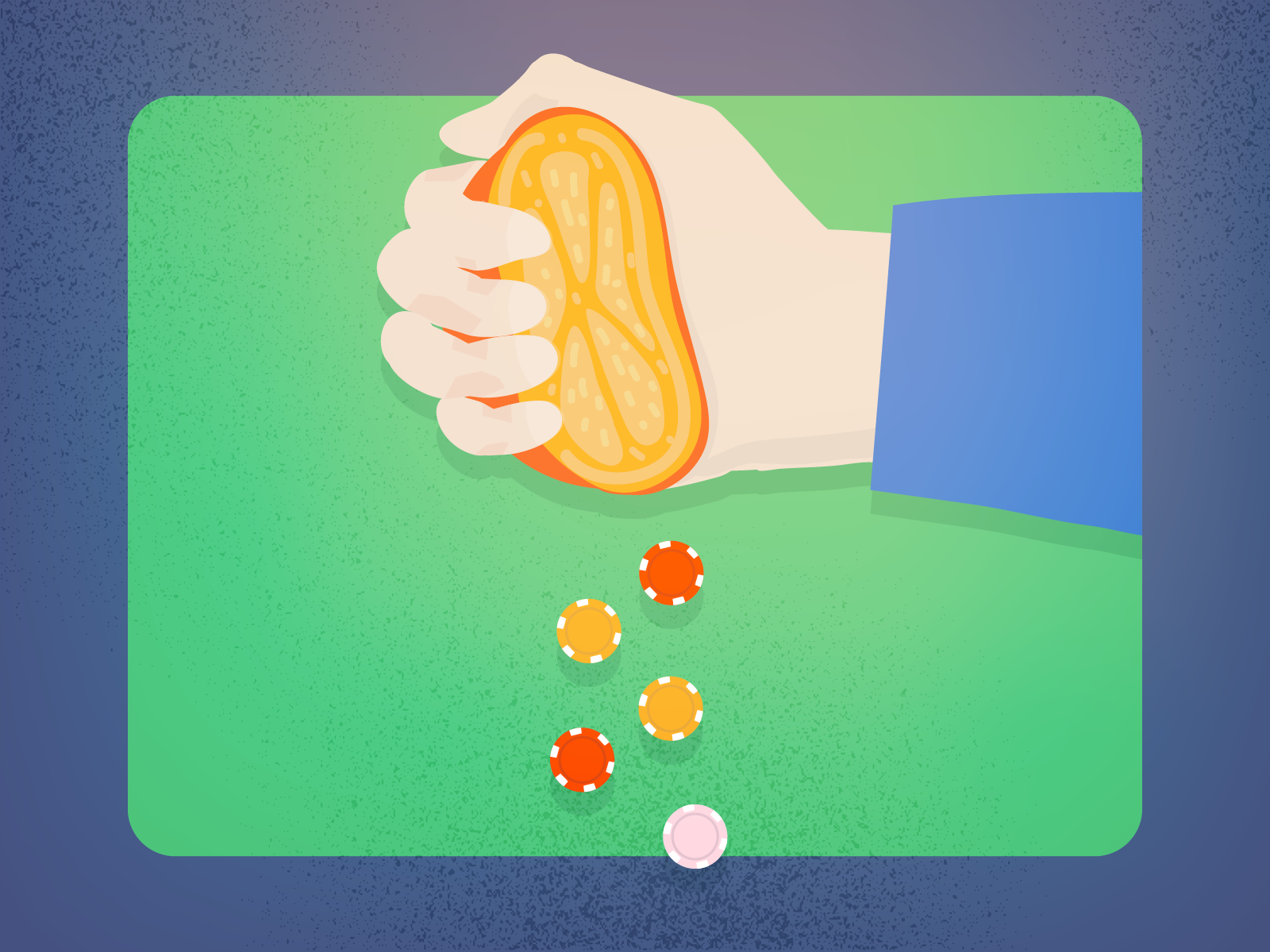10 Essential Poker Bluffs: Mastering the Art of Deception at the Table

Bluffing sits at the heart of poker strategy. No matter if you play tight or loose, adding well-timed bluffs to your arsenal is essential for keeping opponents guessing and protecting your value hands. Since bluffing is such a fundamental element, it’s crucial to recognize not just your own opportunities, but also those moments when rivals may be attempting to outsmart you. Understanding the most frequent poker bluffs-and the logic behind them-prepares you to both deploy and defend against deception at the tables.
Understanding Poker Bluffs: Why They’re Crucial
Every skilled poker player weaves bluffs into their gameplay to disguise their true hand strength. While some opponents stick strictly to solid holdings, most will try their luck with a bluff when the situation looks right. Your job is to pick up on these tactics, exploit over-aggression, and know when to stand your ground or bow out. The bluffs highlighted below represent some of the most common strategies you’ll encounter, along with tips to exploit or counter each one.
The Flop Continuation Bet: Pressure After Raising
The continuation bet-often called the “c-bet”-is a bread-and-butter bluff for online and live poker players. After raising preflop, a player bets again on the flop regardless of whether the community cards helped their hand. This maneuver pressures opponents to fold missed hands, especially those who play cautiously post-flop.
However, c-bets lose effectiveness if overused. Astute opponents will analyze your preflop raising range and compare it to the flop texture. If an early raiser fires on a low, coordinated flop that seldom connects with opening ranges, there’s a good chance it’s a bluff. When you notice an adversary betting the flop nearly every time, consider mixing in more calls (especially in position) or even check-raises to fight back and capitalize when they give up.
Button Raising: Stealing with Aggression

Raising from the button is a common tactic to steal blinds, but some players take this a step further and open with nearly any two cards. This over-aggression can be exploited with wider 3-betting ranges and strategic calls from the blinds. If you spot a player who attacks relentlessly from late position, fight back by broadening your defending hands and applying pressure with re-raises. Properly structuring your ranges lets you take advantage of opponents playing far too loosely from the button.
“Where Are They At?” Bluff: Probing Bets from Beginners
This bluff, popular mostly among less experienced players, involves making a small bet to “see where they’re at.” The logic is often transparent; it’s designed to cheaply buy the pot or set up a favorable turn card. While rarely seen from advanced players-who prioritize bet sizing and board texture-these small bluffs can pop up in low-stakes or multiway pots. When you recognize this move, don’t hesitate to play back or re-assert aggression, as these bets typically lack true strength.
Instant-Bet Bluff: Fast Fire to Intimidate

An instant-bet bluff occurs when your opponent fires a large bet immediately after you check, hoping to catch you off guard. The aim is to limit your thinking time and pressure you into folding quickly. While this can succeed against less seasoned players, it usually indicates weakness since truly strong hands rarely require snap-decisions. When confronted with an instant-bet, resist the urge to react hastily; break down the board and your opponent’s range methodically to decide if they can credibly represent a monster hand.
Donk-Bet Bluff: Betting Out of Position
A donk-bet is when a player, especially one out of position, leads into the flop against the original aggressor. While solid players might use donk-bets as a balanced tactic for strong hands or certain board textures, amateur players often do so as a desperate bluff-hoping to grab the pot right away. If you spot a pattern of donk-betting from a particular player, especially if they fold to pressure later in the hand, you can call or raise more confidently to counter this bluff.
Turn Stab Bluff: Attacking After Weakness
When the initial raiser checks the flop, many opportunistic players fire a “turn stab” on the next street to steal the pot. This play is especially common if the check indicates missed strength or hesitation. While good players balance their check-back range with some strong hands, recreational opponents typically only check when weak. If you have position and your opponent checks the flop, consider a well-timed bet on the turn to take the pot-or prepare to catch a bluff yourself if defending.
River Min-Bet Bluff: Tiny Wager for a Big Win
Common among novices, the river min-bet bluff involves betting a very small amount to “buy” the pot, aiming to make opponents fold unimproved hands. This maneuver can be tricky to counter, as it sometimes signals weakness and other times disguises a value bet. If your hand has little showdown value but you’re convinced your opponent’s story doesn’t add up, calling or even raising can be effective. However, be wary of falling into their trap if they truly hold a strong hand.
Squeeze Play: Applying Pressure Preflop

The “squeeze play” has grown in popularity with the rise of aggressive poker. When there’s an initial raiser and several callers before you, re-raising (squeezing) leverages the dead money in the pot and targets players on marginal hands. If done with a weak holding, it’s a pure bluff; your hope is to push out everyone and claim the pot immediately. This tactic often succeeds since players tend to fold too often in these spots. Don’t be afraid to challenge squeezers-especially if you hold a strong or playable hand-and avoid giving up without careful thought.
Triple-Barrel Bluff: Applying Sustained Pressure
The triple-barrel bluff is a high-risk, high-reward play involving bets on the flop, turn, and river, pushing maximum pressure on your opponent to fold before showdown. While not as frequent as other bluffs, it’s tough to call down three streets without a premium hand. To defend, analyze the preflop action, player tendencies, and how the board interacts with likely ranges. Only call if you’re confident the opponent has the heart to bluff multiple streets; otherwise, err on the side of caution to avoid costly mistakes.
Overbet Bluff: Massive Bets to Force Folds
The overbet bluff-often deployed on the river-involves betting far more than the pot to stress opponents. Skilled and loose players alike use this tactic to polarize their range, representing either the nuts or complete air. Overbets put maximum pressure on you, making a call tough unless you’re convinced of a bluff. When facing such a wager, realize it’s rarely a middle-strength hand-either a monster or nothing. Only make the hero call when you have compelling reads and are confident in your judgment.
How to Make the Most of Poker Bluffing
Bluffing is a daily reality in poker-one that defines winning strategies both online and in live settings. Recognizing these common bluffs prepares you to make informed calls, timely folds, and calculated bluffs of your own. Always remember:
- Stay observant: Track opponents’ betting frequencies and patterns.
- Adjust your response: Overly aggressive bluffers can be punished by calling or raising more often.
- Don’t overextend: If your play screams “bluff,” pick more opportune spots to save your chips for future hands.
- Balance your range: Mix value bets with occasional bluffs for unpredictability.
Poker is a deep and endlessly complex game, and mastering bluffing is a journey-not a destination. With these tools, you’re better equipped to spot the most common poker bluffs and leverage them for maximum gain at your next session.













